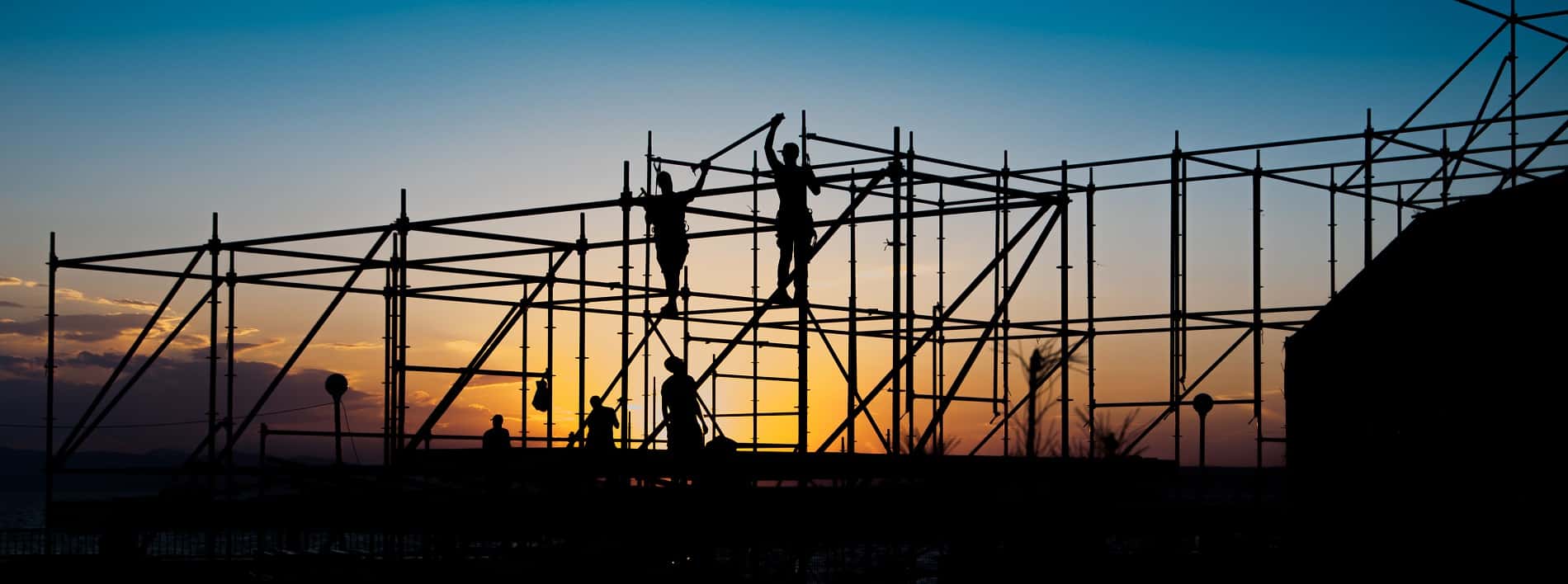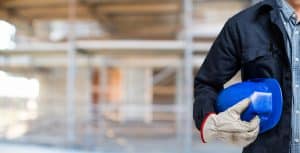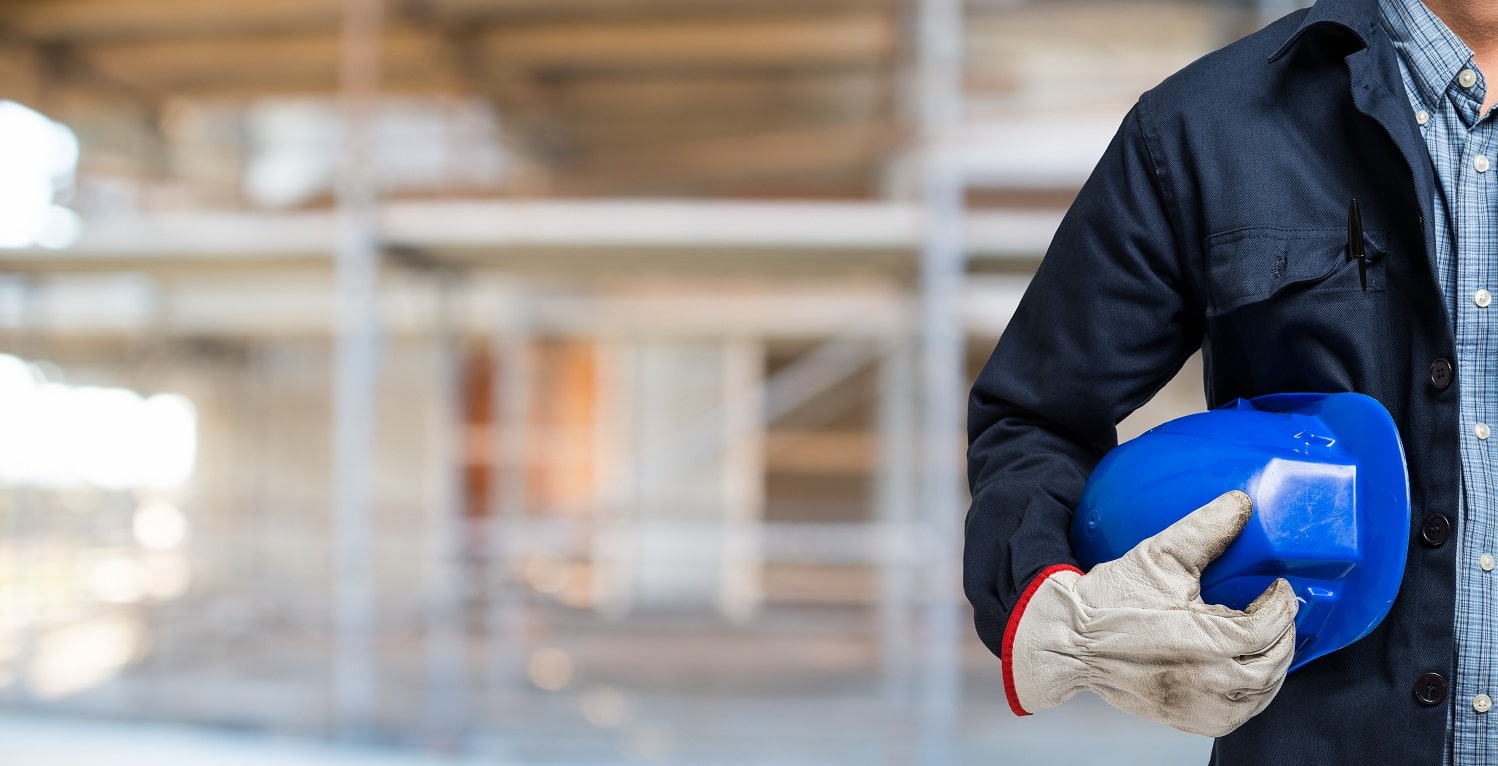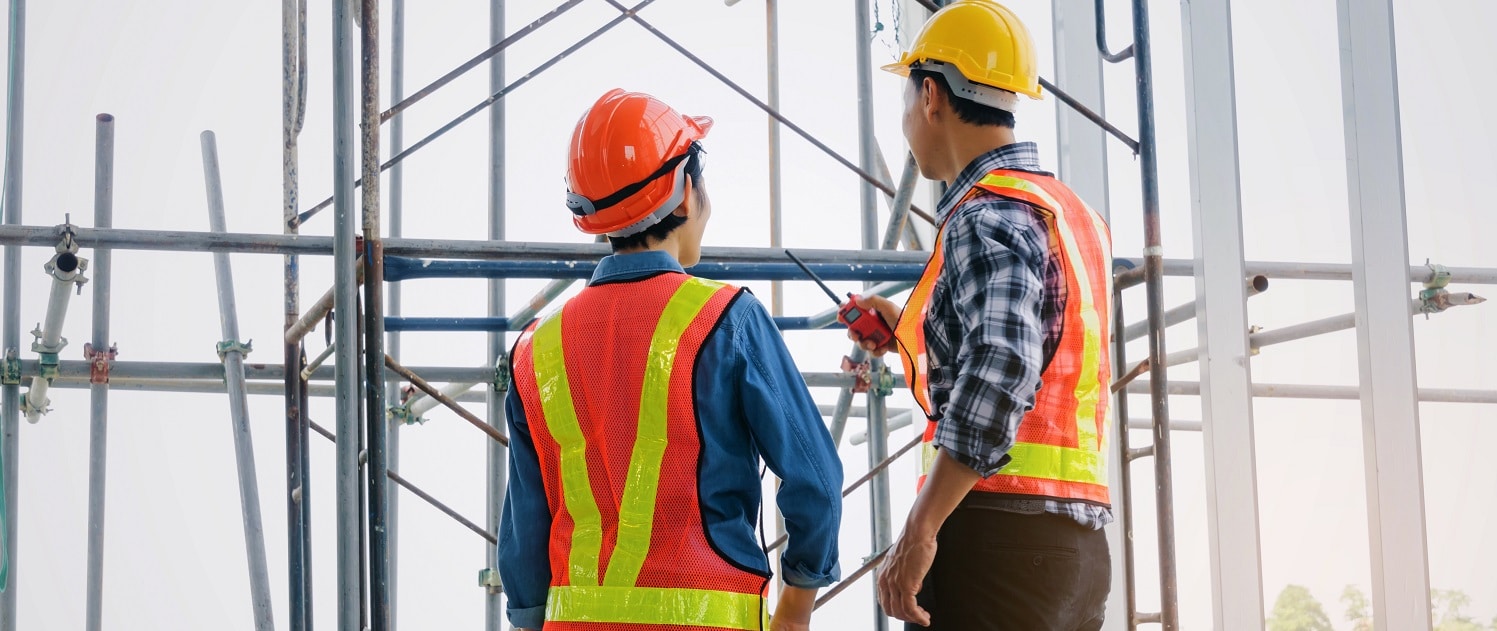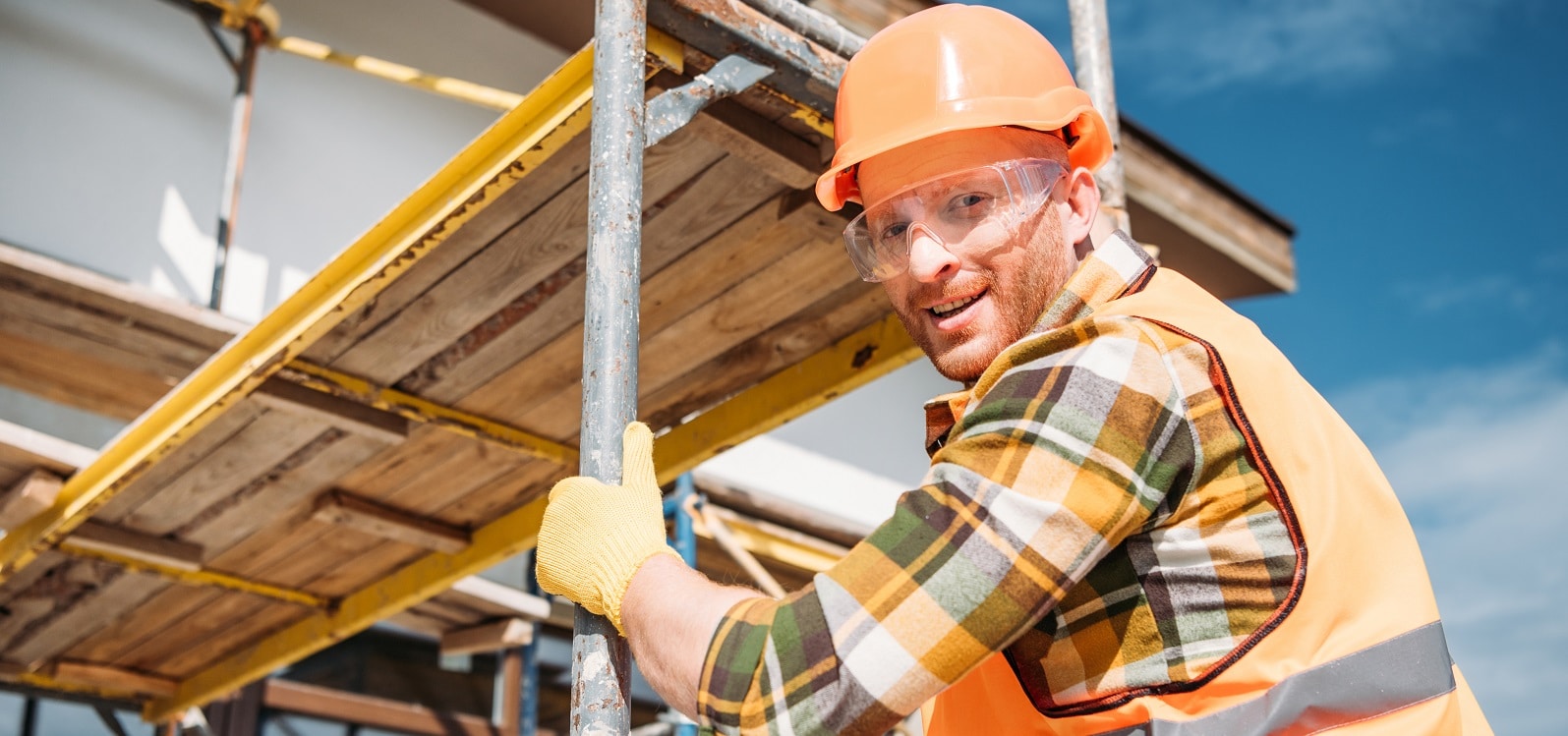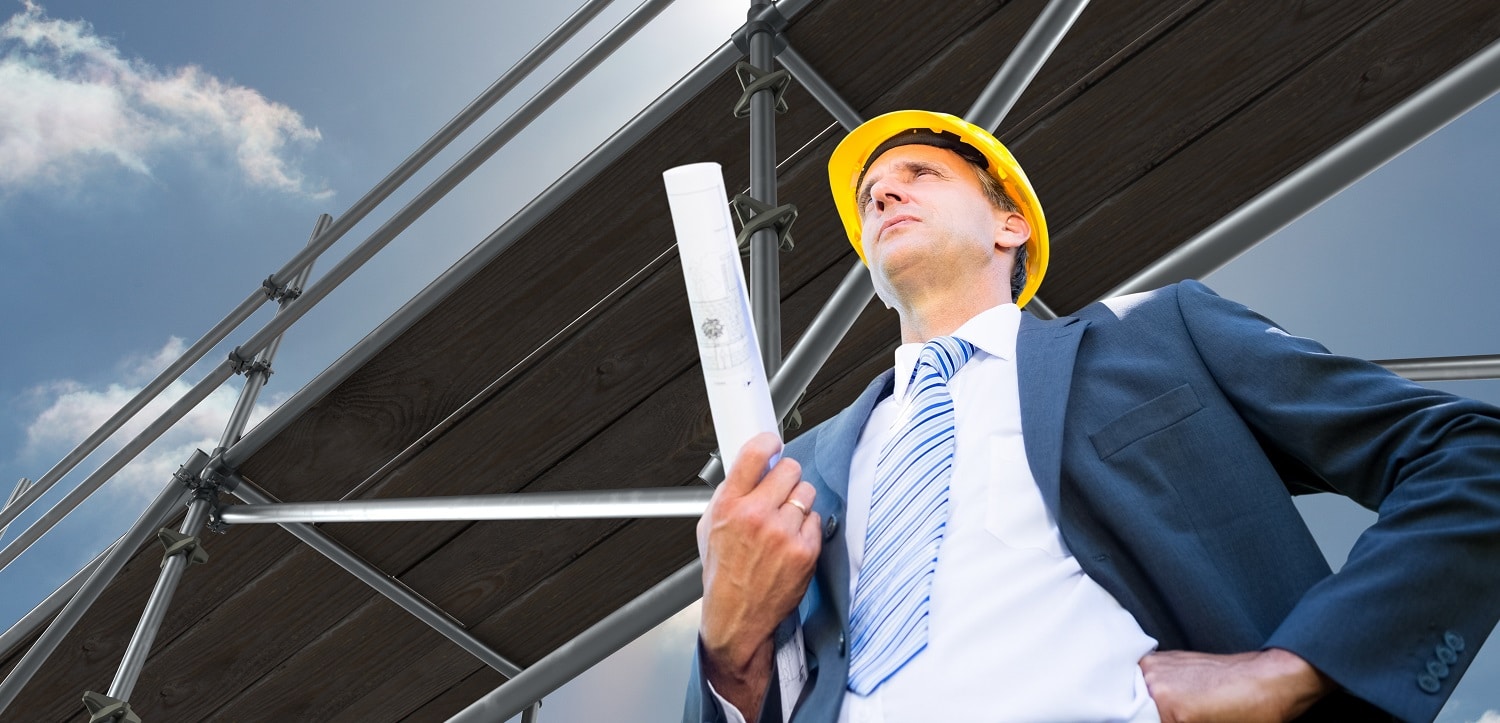
Essential dos and don’t for scaffolding safety in construction
Falling is one of the leading causes of death at construction sites and accounts for more than 40% of all construction fatalities every year. A high percentage of these fatalities is attributed to scaffold related falls and accidents.
Construction workers who work on scaffolds are exposed to a number of dangers, the biggest of which is the risk of falling. Scaffold safety is tied to a number of factors such as the state of the scaffold, level of training of the people working on the scaffold and the onsite safety measures in place.
This means several things, one of which is that the scaffolding must be erected by experts under the supervision of a qualified person, and that the scaffolding is inspected and verified to be safe for use before installation. It is also important that everyone who will work on the scaffold is issued with the appropriate safety and protective equipment, and is well trained on safety best practice for working on scaffolding.
It is impossible to cover the entire HSE standards for scaffolding situations but this article will provide general safety tips for scaffolding safety in construction sites.
Essential Do’s
- It is vital that all those who will work on the scaffold are trained by a qualified person. This training should cover instructions on indentifying electrocution hazards, potential risk of falling and the hazards from falling objects and how to handle these hazards when they occur. It is also vital that workers are trained on proper scaffold use, load capacity and how to move materials when on a scaffold.
- Before anyone gets on a scaffold, it is important to make sure that the scaffold has been checked by a qualified person to determine that it is well erected and that the proper scaffold for the site terrain is being used. An expert from your local scaffolding company should be able to work with your onsite safety personnel to make sure that the entire construction site scaffold use checklist is met. If at any point you feel that the scaffold is unsafe for use, check with the site supervisor or safety expert in order to be on the safe side.
- Whenever anyone is working under, on or around a scaffold, the site supervisor must ensure that the individuals are wearing a hard hat and all the other necessary protective equipment. These include strong, non skid work boots and making sure that any loose tool is held secure by a lanyard.
- Ensure that anyone who is to work on a scaffold is licensed to do so. Unlicensed construction workers usually don’t have the necessary insurance to work on construction sites and will only end up putting the project company at risk of legal action in the event of a construction fatality. Using unlicensed workers also put the other workers and future occupants of the building at risk.
- One of the most common mistakes associated with construction and erection of scaffold at construction sites is failure to take into consideration the different load type and sizes that will be used at different stages of the construction process. In some cases, the scaffold can only support a particular number of people and equipment, and this can cause problems down the road when there is need to accommodate more load. Because it is vital that a scaffold is not overloaded, it is important that proper care is taken to make sure that the scaffold is strong enough to carry, and large enough to accommodate the number of people and equipment that will be needed all through the construction project.
- Ensuree that the scaffolding is properly secured to the ground or well attached to the wall of the building. If this is not done, chances are the scaffold will dislodge when in use, resulting in falls, injury and even death. There are a number of braces and locking systems in a typical scaffold and it is the responsibility of the supervisor to ensure that they are all engaged.
- It is important to ensure that any scaffold over 10 feet in height comes with handrails on all three sides facing away from the building. Even though the side facing the building is also open to danger, it is less a risk as this side is almost always attached to the building or placed very close to it. while guardrails are a vital part of every scaffold, it is not a substitute for safety equipment or protective gear; therefore, even with the attached guardrails, the supervisor should ensure that everyone working on, below or around a scaffold is well protected at all times.
- Whether a scaffold is being used or not, as long as it is in the possession of a construction company, it is the duty of the owners or renters to ensure that it is well serviced and maintained. Regular inspections should be carried out to check for rust, damages and problems with structural integrity. Make sure that all the platforms are in good shape and that the scaffold is in a usable state at all times. Not doing these can cause unknown damages that can lead to fatal accidents on the construction site.
- It is vital that the right scaffold is used in any construction project. Using the wrong scaffold is the quickest way to cause an accident. For example, if you are building on an unstable or soft terrain, it is not advisable to use a supported platform scaffold. These types of scaffolds are only meant to be used in a firm and stable terrain. The best type of scaffold for this type of work site is a suspended scaffold that is suspended by ropes from the top of the building.
Essential Don’ts
- Never leave anything on the scaffold at the end of the work shift. Even if there are tools and materials that will be used later, it is better to move them off the scaffold and bring them back when needed than leaving them lying about on the platform. Any item left on the platform can trip up other scaffold users, plunging them to injury or death. These items also pose falling objects hazard as a strong wind or vibration can cause them to roll and fall of the scaffold, possibly injury people under or around the scaffold.
- It doesn’t matter how much you are behind schedule, it is never a good idea to overload a scaffold beyond its load limit. Most scaffold have the load and height information stenciled or printed on the side that provides information of the maximum number of people that should be on the platform at a time as well as its load carrying capacity. Even though a scaffold is typically capable of supporting more than double the stated load capacity, there should be a limit in order to avoid overburdening the scaffold and putting the safety of workers at risk.
- In cases where a worker cannot reach the area where work is needed, the supervisor should be informed so that the platform is raised. It is not a good idea to increase your work height by using boxes, buckets, ladders or stilts. This puts the worker at serious risk especially if the guardrail is not as high as the elevation. It is expected that the guardrail should be higher than the foot level of the construction worker on the platform and the purpose of the guardrail will be defeated if external elevations are used.
- If even a cursory check shows that the scaffold has been damaged in any way or unsuitable for use, such as when some components are missing, part of the platform is broken or the guardrails does not meet the required height, then the scaffold should not be used for any reason until the issues are fixed. The site supervisor should be notified immediately so that appropriate repairs are carried out by your local scaffold company and inspected by a competent person. Even though you may have technicians and engineers on a construction site, it is not advisable to attempt scaffold repair unless you or the person doing the repair has the proper training.
- During rough weather, a scaffold can get extremely slippery and should not be used. Rain, ice, snow, mud and even debris left after a downpour should be thoroughly cleaned off the platforms before anyone is allowed to climb on the scaffold. It is also not a good idea to use the scaffold in bad weather such as when it is raining, snowing or in strong winds. These weather conditions make the scaffold potentially dangerous for all who will work on it and can lead to accidents that could be avoided.
- The scaffold is meant to be construction equipment that helps workers reach high areas on a building project. For this reason, there are places where workers should climb and places that are only there to support the frame of the equipment. The support frames are not intended for climbing and care should be taken to make sure workers don’t do so. There are handrails and access stairways and platforms on a scaffold. These are the areas that workers should use.
Your construction site is only as safe as you want it to be, but if you are using a scaffold, these essential tips will help you create a safe and accident free work area. If you have had your scaffold for a while, it is a good idea to have a local scaffold company such as JL Scaffolding take a look at it to ensure that it is in top shape. And if you are starting a project and need a scaffold, always get one from a company that takes safety seriously.




